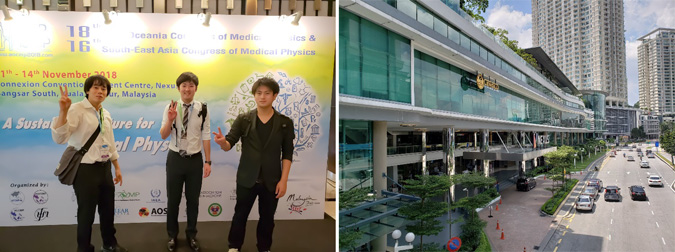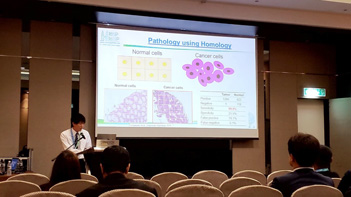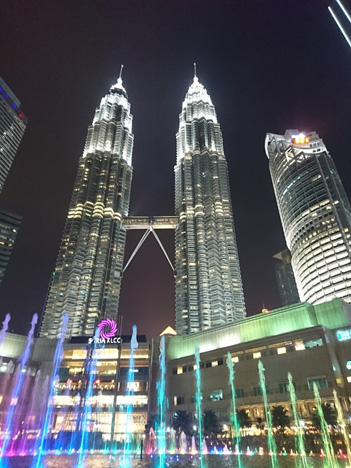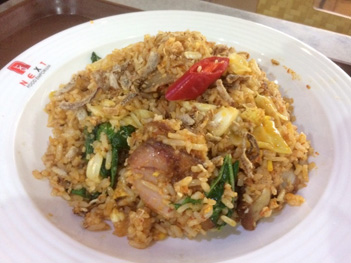2018.11.11~11.14: The 18th Asia-Oceania Congress of Medical Physics (AOCMP) in conjunction with the 16th South-East Asia Congress of Medical Physics (SEACOMP)
The 18th Asia-Oceania Congress of Medical Physics (AOCMP) in conjunction with the 16th South-East Asia Congress of Medical Physics (SEACOMP) held in Connexion Conference & Event Centre (CCEC), Nexus, Bangsar South City, Kuala Lumpur, Malaysia. Mr. Kajikawa(M2), Mr.Tanaka(M1) and Mr.Nemoto(M1) have attended it for presentation.
■Date and Time: 11.11-14, 2018
■Venue: Connexion Conference & Event Centre (CCEC), Nexus, Bangsar South City, Kuala Lumpur, Malaysia
■Conference name:The 18th Asia-Oceania Congress of Medical Physics (AOCMP) in conjunction with the 16th South-East Asia Congress of Medical Physics (SEACOMP)

Shohei Tanaka(M1)
We are pleased to report that three members of the Medical Physics Group, Mr. Kajikawa (M2), Mr. Tanaka (M1), and Mr. Nemoto (M1), have presented at The 18th Asia-Oceania Congress of Medical Physics (AOCMP) held in Kuala Lumpur, Malaysia, on November 11-14, 2018. We are pleased to report that we have made a presentation.
The theme of the conference was [A Sustainable Future for Medical Physics], and the purpose of the conference was to promote collaboration among nuclear medicine, radiotherapy, radiation protection, radiation biology, and emerging technologies by deepening discussions through the conference.
I presented a paper in the Proffered Papers: Radiobiology, Radiation Protection & Others 1.2 session on November 12 on the topic of “Homology as a novel radiomic feature for the prediction of the Homology as a novel radiomic feature for prediction of the prognosis of lung cancer based on CT-based radiomics” at Proffered Papers: Radiobiology, Radiation Protection & Others 1.2 on November 12. My research is a study on radiomics, which is currently being actively researched to predict survival based on images alone. Specifically, the study extracted the homology-based radiomic feature from CT images of lung cancer patients, divided them into two groups, one with a high feature value and the other with a low feature value, and drew survival curves, and confirmed a significant difference between the two groups. In the future, we would like to establish an accurate prognosis prediction system by combining the homology-based radiomic features with conventional radiomic features used in prognosis prediction through machine learning. During the presentation, we received questions from the audience such as [what kind of results are obtained with normal cells], [whether homology-based radiomic features can be extracted with MRI], and [what kind of sequence settings are used in CT systems]. After the session, Indonesian participants asked me questions about my research, and we exchanged e-mail addresses and were able to discuss each other’s research after the conference. Although this was my first international conference, this valuable experience definitely served as a stepping stone for future international conferences.
This conference is held every year, and I was able to learn a great deal from the wide variety of medical physics lectures given by professors from all over Asia. At the same time, I strongly felt that I must not only learn but also give presentations that will be of interest to others at such a large scale international conference. I would like to make the most of my experience at this conference and devote myself even more to my research and conference presentations.
Finally, I would like to take this opportunity to thank all the doctors and radiologists who guided my research in making my presentation. Thank you very much.

My presentation

Petronas Twin Towers representing Malaysia

Nasi Goreng, a traditional Malaysian dish
